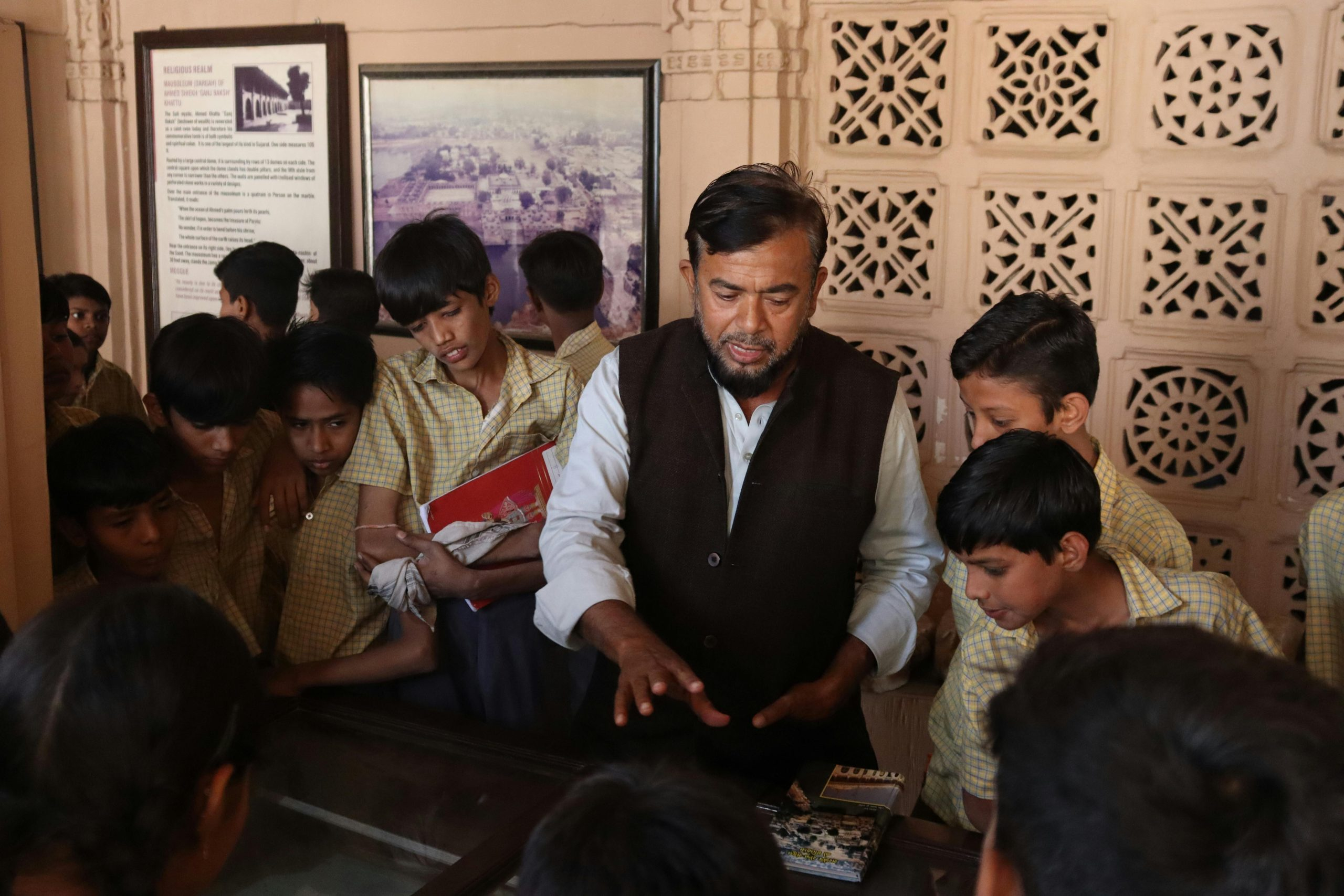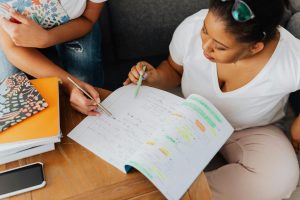Reconstructing History Curriculum for Relevance
In today’s rapidly evolving world, the importance of history in education cannot be emphasized enough. However, with the continuous advancements in technology, changing societal norms, and the need for a more diverse and inclusive curriculum, the traditional history curriculum taught in most schools has come under scrutiny. Many argue that it does not effectively prepare students for the current times nor does it do justice in representing the diverse perspectives and experiences of various cultures. As a result, there is a growing need to reconstruct the history curriculum for relevance. In this article, we will explore the importance of reconstructing the history curriculum and the steps that need to be taken to make it more meaningful and relatable for students.
The Need to Reconstruct History Curriculum
It is no secret that traditional history curriculum tends to be Eurocentric, focusing primarily on the history and achievements of Western civilizations. This narrow focus not only marginalizes the contributions and experiences of other cultures but also presents an incomplete and one-sided view of the past. In today’s globalized society, students should be equipped with a comprehensive understanding of the world they live in, including diverse perspectives and histories.
Moreover, the traditional history curriculum often lacks relevance to students’ lives. The centuries-old events and characters can feel distant and disconnected from the current times, making it challenging for students to stay engaged and interested. This can result in a lack of critical thinking and analytical skills, which are crucial for students in today’s world.
Incorporating Diverse Perspectives
One of the most crucial steps in reconstructing the history curriculum is incorporating diverse perspectives. This includes not only featuring the histories and contributions of non-Western cultures but also challenging the domination and colonization narratives that have been traditionally taught. Students must be exposed to a more accurate and inclusive depiction of history, which acknowledges the complexities and nuances of various cultures and their interactions.
This can be achieved by expanding the curriculum to include global history, African history, Asian history, and indigenous histories. Not only will this provide a more holistic understanding of the world, but it will also present students with a more accurate representation of different cultures and how they have shaped the world we live in today.
Making History Relevant
Another critical aspect of reconstructing the history curriculum is making it relevant for students. This can be achieved by connecting historical events and characters to current issues and events. For example, instead of simply learning about the Civil Rights Movement as a thing of the past, students can explore how it ties into today’s ongoing fight against systemic racism.
Incorporating hands-on and experiential learning can also make history more relevant and engaging for students. For instance, instead of just reading about ancient civilizations, students can participate in a simulation or re-enactment of historical events to truly understand the complexities and impact of past events.
Challenges in Reconstructing History Curriculum
While the need to reconstruct the history curriculum is evident, it is not without its challenges. One of the most significant obstacles is the resistance from educators, who may be resistant to change from the traditional ways of teaching history. Additionally, the lack of resources and training on how to effectively incorporate diverse perspectives and make history relevant can hinder the progress in this area.
Moreover, the politicization of history education can also be a challenge. The fear of offending certain groups or promoting a specific agenda can result in a watered-down version of history, which defeats the purpose of reconstructing the curriculum in the first place.
The Road Ahead
The task of reconstructing the history curriculum for relevance is not an easy one, but it is a necessary step in providing students with a more comprehensive and meaningful education. It requires a collaborative effort from educators, policymakers, and the community to ensure that history is taught in a way that fosters critical thinking, empathy, and a deeper understanding of the world we live in.
In conclusion, the traditional history curriculum needs to be reconstructed for relevance. By incorporating diverse perspectives and making history more relatable, we can equip our students with the necessary skills and knowledge to be responsible and informed global citizens. Let us work towards a more inclusive and accurate representation of history in our schools.










